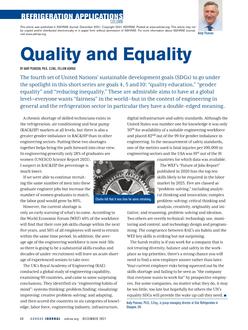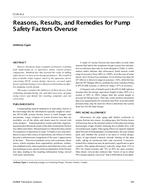The objective of this article is to provide a methodology for optimizing building facade with respect to the triple objective of heating, cooling and lighting load, therefore to get the lowest annual energy cost. The variables to optimize are the dimension of window grid and the depth of shading system. Energy load is computed using building performance simulation program (TRNSYS). A criterion of daylight was calculated using the simulation program Daysim. The criterion is defined as the integrated time when the illuminance is above a threshold of 500 lux. When the threshold is below 500 lux, then artificial light is required. The variables have antagonistic effects on the objectives: window grid dimension and shading depth may have opposite effects on annual energy cost, by increasing indoor solar heat gain and daylight during winter time and leading to overheating problems during summer time. Therefore, a methodology is proposed to find the optimal solutions for the total energy cost. An optimization method – genetic algorithm, was performed in order to find the optimal façade design variables leading to the lowest annual energy cost. This method was applied to a single office room. The result shows that genetic algorithm could save time when looking for the optimal solutions with antagonistic objectives and would help architects to make early-design-stage decisions.
Citation: ASHRAE Papers CD: 2014 ASHRAE Winter Conference, New York, NY
Product Details
- Published:
- 2014
- Number of Pages:
- 8
- File Size:
- 1 file , 1000 KB
- Product Code(s):
- D-NY-14-C068


